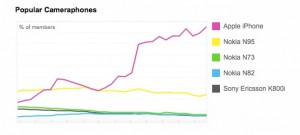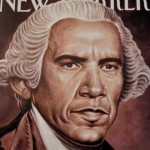Google’s begun to roll out an experimental feature in Gmail Labs — offline Gmail. Here’s how the Google Blog describes it.
Once you turn on this feature, Gmail uses Gears to download a local cache of your mail. As long as you’re connected to the network, that cache is synchronized with Gmail’s servers. When you lose your connection, Gmail automatically switches to offline mode, and uses the data stored on your computer’s hard drive instead of the information sent across the network. You can read messages, star and label them, and do all of the things you’re used to doing while reading your webmail online. Any messages you send while offline will be placed in your outbox and automatically sent the next time Gmail detects a connection. And if you’re on an unreliable or slow connection (like when you’re ‘borrowing’ your neighbor’s wireless), you can choose to use ‘flaky connection mode’, which is somewhere in between: it uses the local cache as if you were disconnected, but still synchronizes your mail with the server in the background. Our goal is to provide nearly the same browser-based Gmail experience whether you’re using the data cached on your computer or talking directly to the server.
Hmmm… Wonder how big the cache would have to be for my gmail box.



